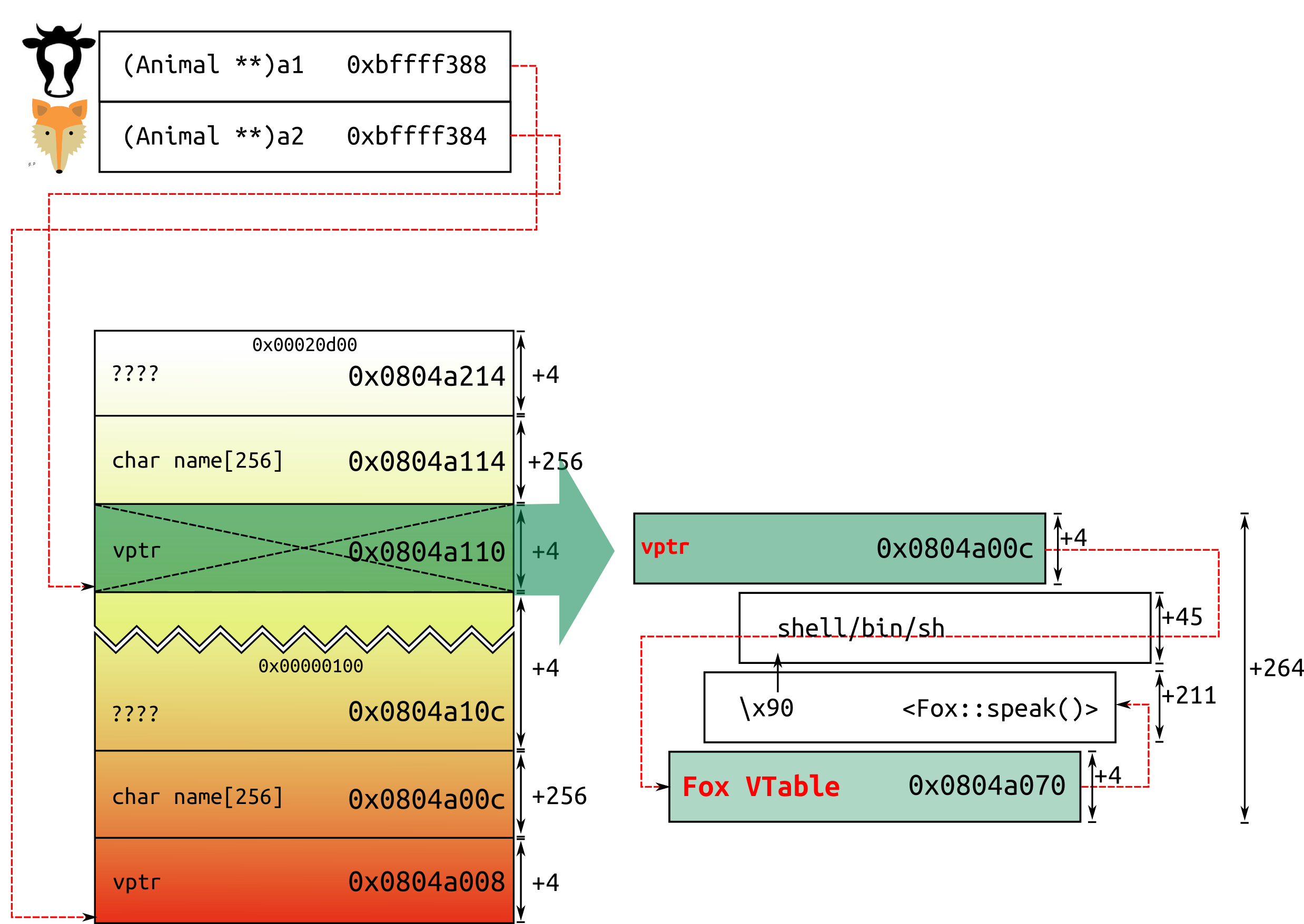

This will allow them to replace executable code in memory regions with malicious code that will allow them to take control of the application. The extra data they transmit to a program, on the other hand, is likely to contain malicious code that allows the attacker to perform more operations and send new commands to the application.Īn attacker who understands a program’s memory structure may be able to purposefully input data that the buffer cannot store. The hacker’s buffer overflow vulnerability techniques are determined by the target’s architecture and operating system. The malicious instruction will be executed if the hacker’s specified address falls within the padding. When the precise memory range is uncertain, the padding on both sides is used. To avoid providing the exact address, malicious commands are frequently padded on both sides with NOP (no operation) computer instructions, which are a form of pointer. The hacker must be aware of the location of the harmful command. It then tries to recover by traveling to the return address, but the address has been modified to point to the command supplied by the hacker. The stack eventually overflows, causing the program to partially crash. The attacker or threat actor must specify a return address that points to the malicious command. However, an executable command overflowing the buffer does not mean it will be executed.


For example, in a Linux context, the command is usually EXEC(“sh”), which instructs the system to open a command prompt window, referred to as a root shell in Linux circles. Usually, the command is something simple. Instead of entering the name, the hacker would type an executable command to surpass the stack size. The process’s execution path is changed, and control is transferred to the attacker’s malicious code.Ĭonsider an application that is waiting for users to submit their names. The new values are usually assigned to a location where the exploit payload is located. On the other hand, the attacker can change the settings to point to any address they want. The exploited function’s return pointer - the address to which the process should go next - is included in the original contents of the buffer. If the extra data is written to the next RAM, it will erase any existing data. The program tries to store the input in a too-small buffer to hold it. A hacker can deliver arbitrary code to the software, which is a carefully constructed input. The extra information in a buffer-overflow attack may contain precise instructions for activities intended by a hacker or malicious user for example, the data could prompt a response that damages files, modifies data, or exposes personal information.Ī buffer-overflow vulnerability would be used by the attacker to take advantage of an application waiting for user input.Ī buffer overflow might happen accidentally or as a result of malicious activity. These additional data overflows are considered Buffer Overflow Exploits or Buffer Overflow Vulnerability.

Some of that data leaks out into other buffers, corrupting or overwriting whatever information they were holding. When a program or system operation places more data (than was originally allocated to be stored), the extra data overflows. How do buffer overflow attacks occur?Ī buffer is regarded as a temporary storage location for data.
Buffer overflow attack software#
This type of overflow can be prevented if the software contains acceptable bounds checking to flag or delete data transferred to a memory buffer in excess.īuffers are limited in size any additional data overwrites values in memory addresses adjacent to the destination buffer. How does a buffer overflow work?Ī buffer overflow occurs when a software or process tries to write more data to a fixed-length block of memory or buffer, than the buffer is allocated to retain. If the transaction overwrites executable code, the program may perform erratically, producing inaccurate results, memory access issues, or crashes. They generally occur due to incorrect inputs or an insufficient amount of buffer space being allocated. A buffer overflow (or buffer overrun) occurs when the volume of data exceeds the storage capacity of the memory buffer.Īs a result, when the application attempts to write data to the buffer, nearby memory addresses are overwritten.įor example, if a buffer for sign-in credentials is designed to accept inputs of 8 bytes for the username and password, and a transaction requires an input of 10 bytes (two bytes more than planned), in that case, the software may write the excess data outside the buffer boundary.īuffer overflows are a problem that can occur in any sort of software. Buffers are memory storage sections that keep data briefly while being transported between locations.


 0 kommentar(er)
0 kommentar(er)
